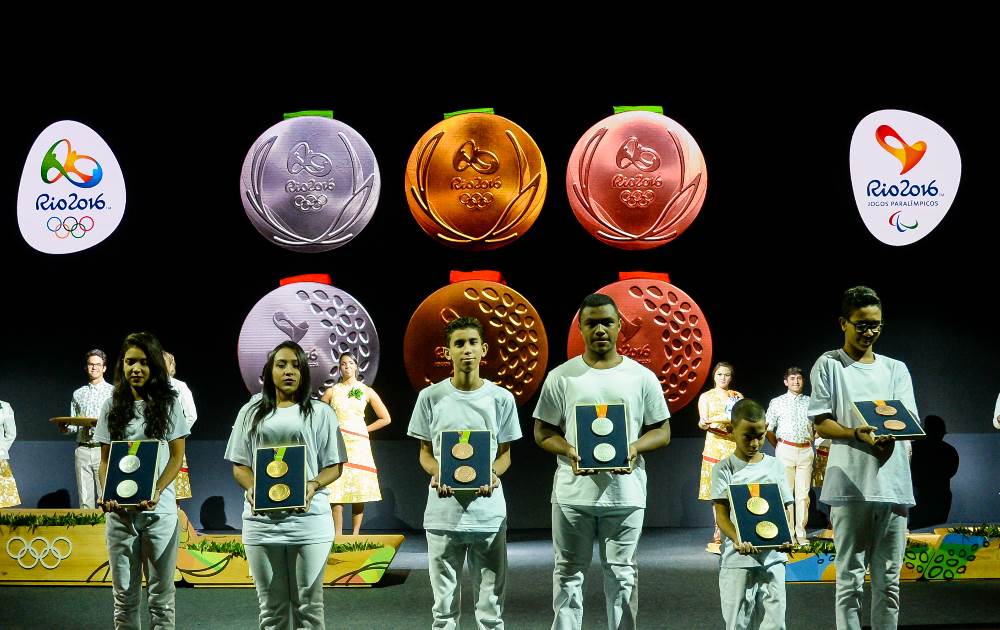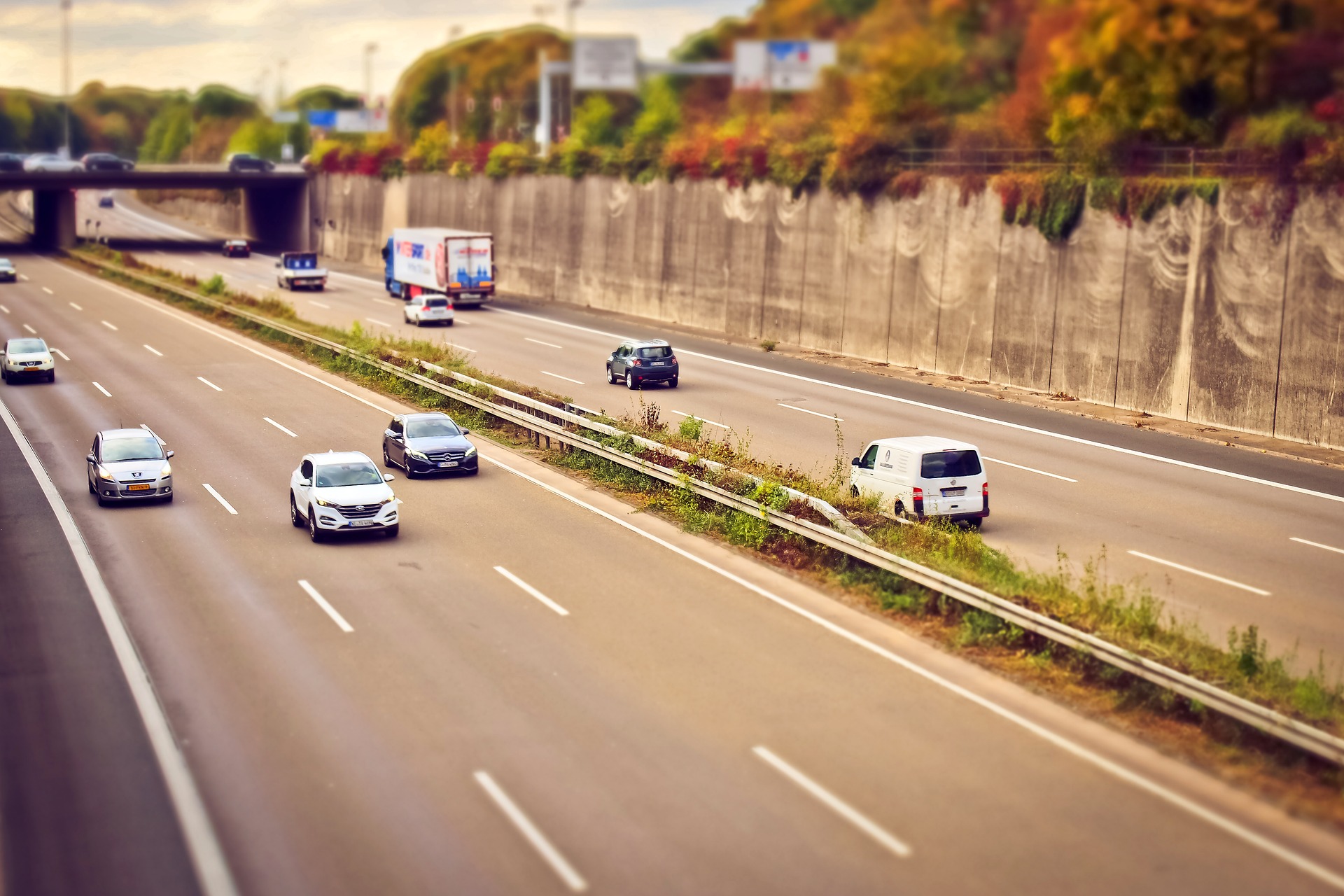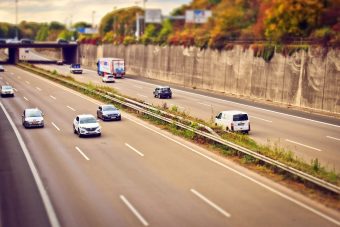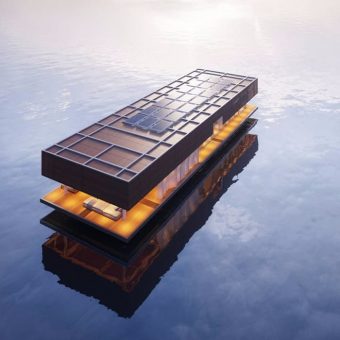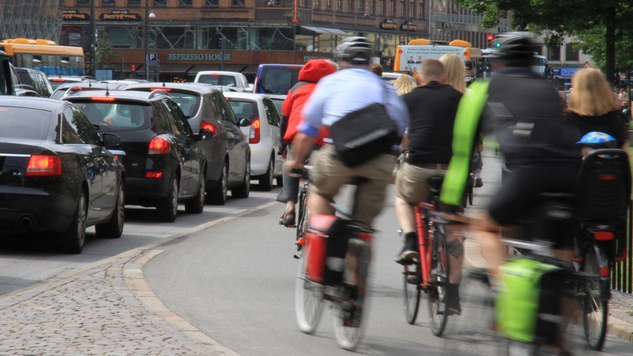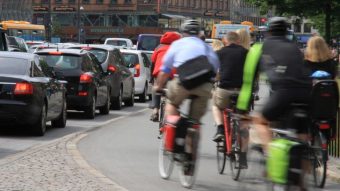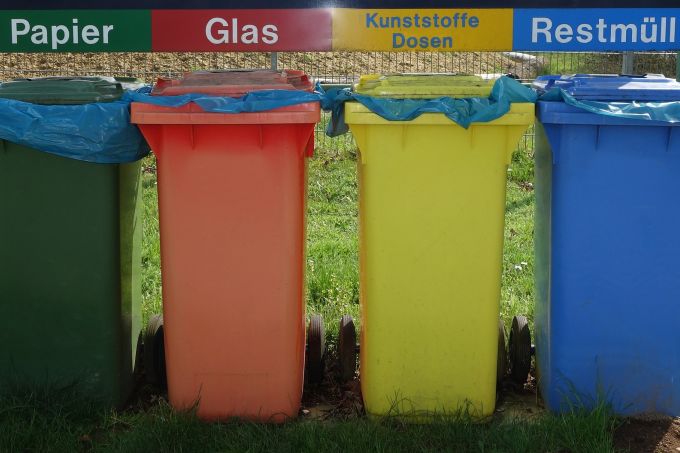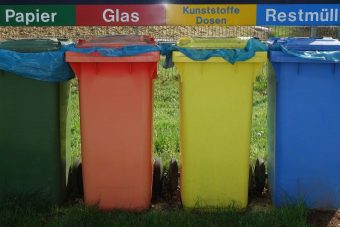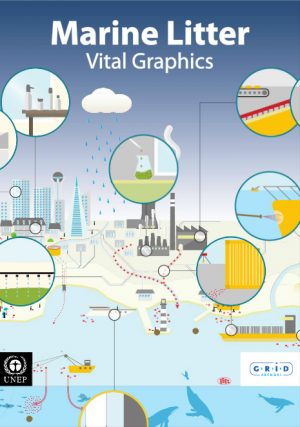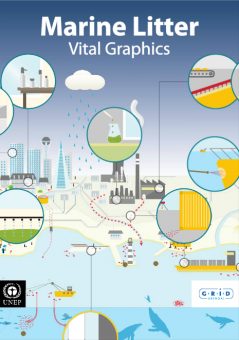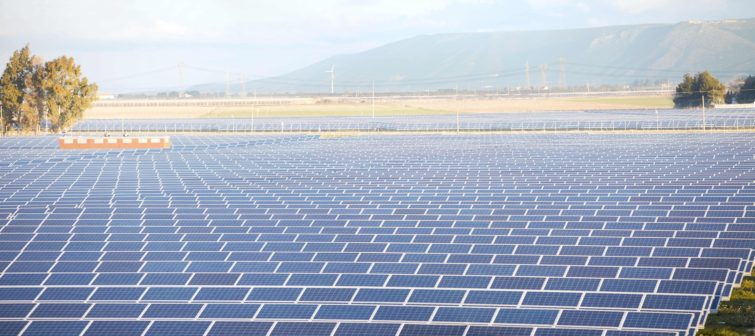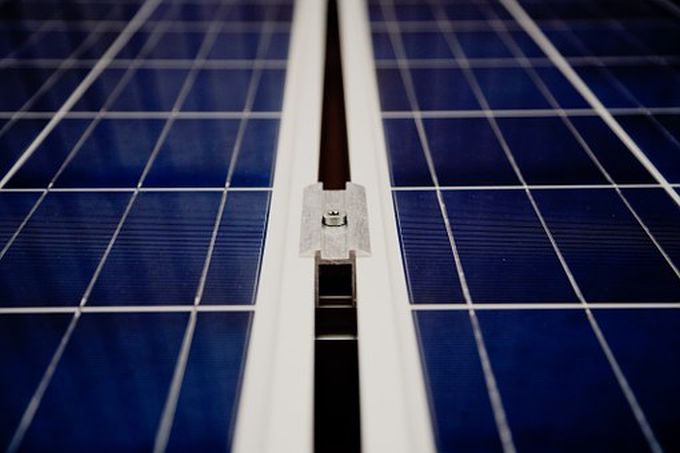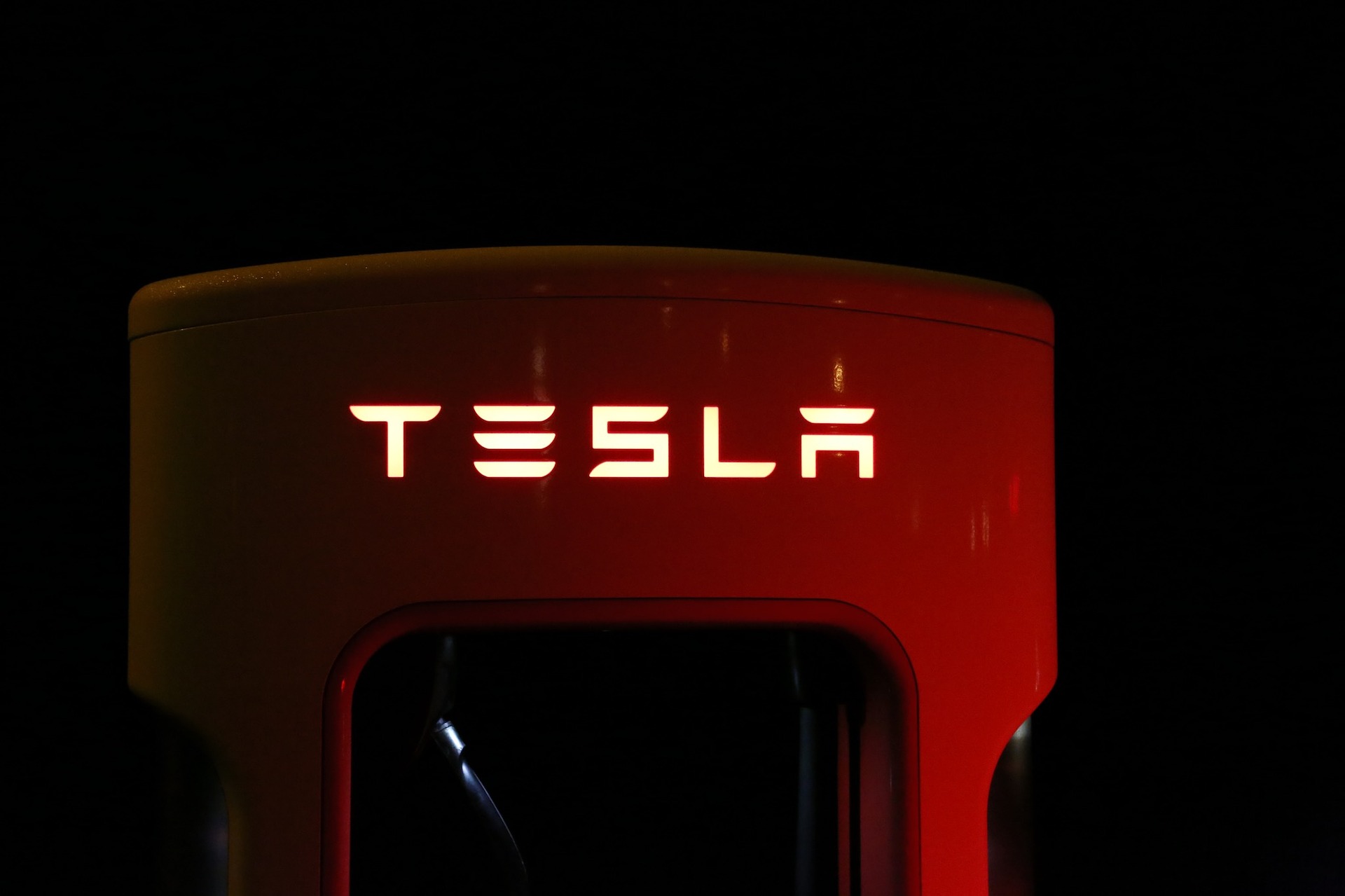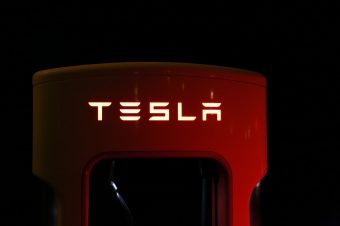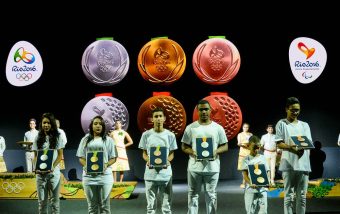
With 52 days until the world’s best athletes go into battle in the Olympic Games, Rio 2016 and the Brazilian Mint have unveiled the medals they will be competing with each other to win.
International Olympic Committee (IOC) president Thomas Bach, who was present at the launch event in Barra Olympic Park, said: “Today marks the start of the final countdown to the first Olympic Games to be staged in South America.”
Bearing a design that celebrates the relationship between the strengths of Olympic heroes and the forces of nature, the 500g gold, silver and bronze medals have been made with sustainability at their heart.
The athletes who top the podium in Rio will receive medals made from gold that has been extracted without the use of mercury and which was produced according to strict sustainability criteria, from the initial mining all the way through to the design of the end product.
The silver and bronze medals have been produced using 30 per cent recycled materials. Half of the plastic in the ribbons which will be used to hang the medals around athletes’ necks comes from recycled plastic bottles. The rounded cases that hold the medals were made from freijó wood certified by the Forest Stewardship Council (FSC).
A total of 2,488 medals have been produced: 812 gold, 812 silver and 864 bronze.
For the first time, the medals are slightly thicker at their central point compared with their edges. The name of the event for which the medal was won is engraved by laser along the outside edge.
The designs feature laurel leaves – a symbol of victory in ancient Greece, in the form of the wreaths awarded to competition winners – surrounding the Rio 2016 Olympic logo. The laurel leaves represent the link between the force of nature and Olympians.
According to Olympic Games tradition, the other side of the medals features an image of Nike, the Greek goddess of victory with the Panathinaiko Stadium and the Acropolis in the background.
The Paralympic Games medals, which feature a special innovation, have also been revealed. They have a tiny device inside which makes a noise when the medal is shaken, allowing visually impaired athletes to know if they are gold, silver or bronze (gold has the loudest noise, bronze the quietest).
Also revealed at the event on Tuesday (14 June) at the Future Arena, were the podiums (above), which are made from organic materials and celebrate the tropical nature of Brazil. The podiums have been designed to be reused as furniture after the Games. Also in line with Rio 2016’s commitment to sustainability, the medal trays that the presenters will use are made of certified Curupixá wood.
The uniforms that will be worn by the medal presenters were also unveiled at the event. Inspired by the natural beauty of Rio and by Brazilian culture and fashion, the uniforms were designed by Rio-based stylist Andrea Marques, who won a competition curated by Paulo Borges, the creative director of São Paulo Fashion Week.
“The main idea is that the clothes portray Rio de Janeiro as a welcoming city,” said Marques.
Source: rio2016.com


